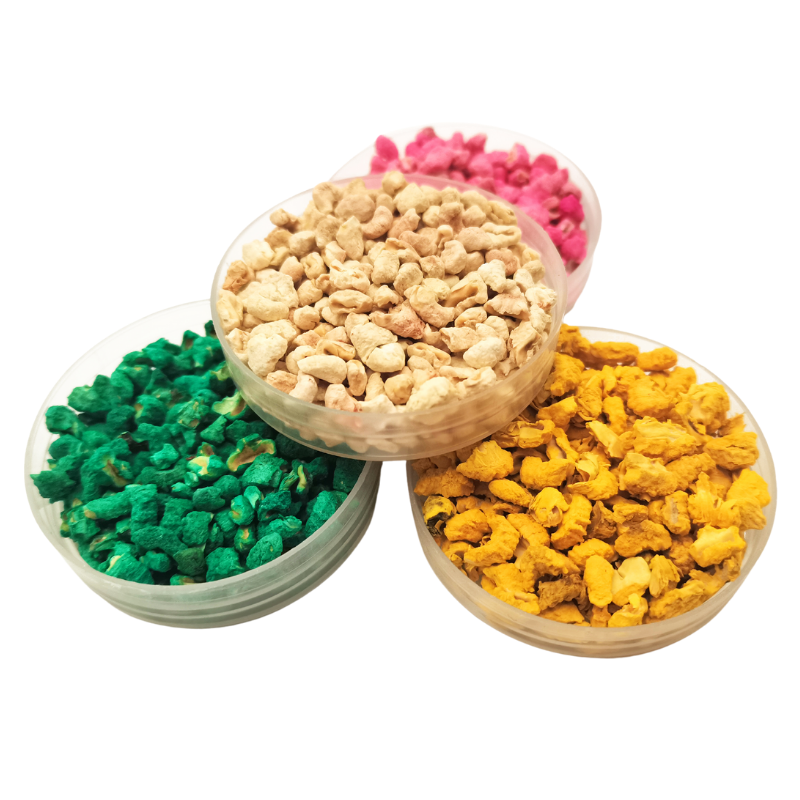
Exploring the Properties and Applications of Red Iron Oxide Pigments in Various Industries
Understanding Red Iron Oxide Composition, Properties, and Applications
Red iron oxide, commonly referred to as iron(III) oxide or ferric oxide, is a naturally occurring mineral with the chemical formula Fe₂O₃. Its vibrant red hue has made it a popular choice for various applications across multiple industries. This article delves into the composition, properties, and wide-ranging uses of red iron oxide, highlighting its significance in both natural and synthetic forms.
Composition and Properties
Red iron oxide is mainly composed of iron and oxygen, with iron constituting about 70% of its molecular structure. This compound can occur in several forms, including hematite (the most stable form), magnetite, and limonite. Hematite, characterized by its reddish color and metallic luster, is the primary form of red iron oxide used in industrial applications.
One of the most notable properties of red iron oxide is its excellent stability and resistance to various environmental factors. It is non-toxic and poses minimal health risks, making it a safer alternative to many synthetic pigments. Additionally, it exhibits good lightfastness, ensuring that its color remains vibrant even when exposed to sunlight over extended periods. Red iron oxide can withstand high temperatures and does not easily react with acids or bases, further enhancing its utility across different applications.
Applications
Red iron oxide is predominantly used as a pigment in paints, coatings, plastics, and cosmetics. In the paint industry, it provides excellent coverage and color retention, making it ideal for outdoor applications, such as house paints and industrial coatings. Its resistance to UV radiation and fading ensures that painted surfaces maintain their aesthetic appeal over time.
red iron oxide

In the construction sector, red iron oxide is utilized in concrete and cement products. Its ability to integrate seamlessly with other materials allows for the creation of colored concrete, which is often used for aesthetic purposes in architectural designs. The pigmentation can be adjusted to achieve a variety of shades, offering designers flexibility in their projects.
Moreover, red iron oxide serves as a crucial component in the production of ceramics and glass. Its coloring properties enhance the visual appeal of these materials while contributing to their durability and strength. In addition, it is employed in polishing compounds, providing a fine finish to metal and glass surfaces.
The cosmetic industry also employs red iron oxide in a variety of products, including foundations, blushes, and lipsticks. Its non-toxic nature and excellent adherence to the skin make it a popular choice for manufacturers looking to create safe and effective cosmetic formulations.
Beyond industrial uses, red iron oxide has gained popularity in the art world. Artists utilize this pigment to create stunning paintings and murals, leveraging its rich color and opacity to achieve desired visual effects.
Conclusion
Red iron oxide is a versatile compound with profound implications across diverse sectors. From its role as a pigment in paints and cosmetics to its application in construction materials and ceramics, this natural mineral's properties have solidified its importance in modern industry. Its stability, non-toxicity, and aesthetic appeal continue to drive interest and innovation, underscoring the significance of red iron oxide in our daily lives. As industries evolve, the adaptability and functionality of this remarkable compound ensure that it will remain a valued material for years to come.
Share
-
Premium Talcum Powder Enhanced with GPT-4 Turbo | Soft & Long-LastingNewsAug.02,2025
-
Fly Ash Solutions Enhanced by GPT-4 Turbo | Sustainable InnovationNewsAug.01,2025
-
Natural Premium Bentonite Cat Litter - Superior ClumpingNewsJul.31,2025
-
Premium Resin Coated Sand - High Heat Resistance CastingNewsJul.31,2025
-
High Quality Silicon Carbide Grit for Abrasive ApplicationsNewsJul.30,2025
-
High-Quality Ceramsite for Plants & Gardening | Lightweight PebblesNewsJul.29,2025






